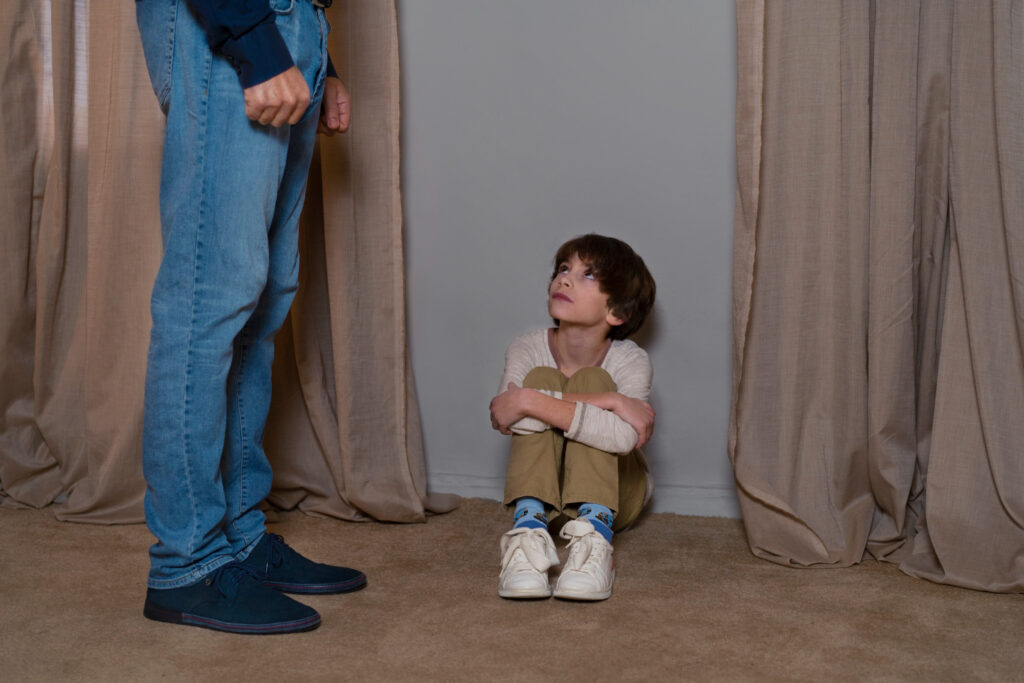Understanding the intricacies of child endangerment laws, including California Penal Code 273 Pc, can indeed feel overwhelming. We know you might find it tricky, especially when faced with heavy legal terms like ‘wobbler offense’ or ‘three strikes law.’
But don’t worry – we’re here to help make it manageable. This article aims to unpack and simplify these often complex phrases, shedding light on what exactly child endangerment means under California law.
Together, let’s demystify this crucial legislation created to ensure the protection of our youngest ones.
Understanding Child Endangerment Laws in California
Child endangerment, as defined by California Penal Code 273 PC, involves putting a child at risk of harm or causing them physical or emotional distress. The elements of the crime include willful and criminal negligence on the part of the caregiver.
Definition of Child Endangerment
Child endangerment involves knowingly putting a child’s health or safety at risk. In California, the law specifically references this as allowing a child under 18 years old to suffer unjustifiable physical pain or mental suffering.
Deliberately placing a minor in situations where their well-being is threatened also falls under this definition. Typically considered a “wobbler” offense, it can result in either misdemeanor or felony charges for the defendant, depending on the severity of potential harm inflicted upon the child.
Elements of the Crime
At the heart of any child endangerment charge in California, two crucial elements must be established. Firstly, the person accused must have intentionally put a child under 18 in peril or situations that could threaten their health and safety.
This means that there was deliberate action taken by the individual charged.
Secondly, proving that such actions expose the child to unjustifiable pain, suffering, or danger is essential. If these elements are not proven beyond a reasonable doubt in court, then a conviction for Child Endangerment cannot stand against you under California Penal Code 273 Pc.
Willful and Criminal Negligence
Willful and criminal negligence plays a significant role in child endangerment cases. We need to understand that this doesn’t merely refer to a momentary lapse of attention or poor judgment.
Instead, it involves deliberately neglecting a child’s well-being by placing them in an unsafe environment or harmful situation. It’s like knowingly disregarding a severe risk that could threaten the child’s health or safety.
For instance, leaving a young kid alone at home without supervision can constitute willful and criminal negligence if it leads to harm to the child. This concept is central to how courts interpret Penal Code 273a PC: you may face charges for not only causing unjustifiable pain but also exposing them recklessly to potential danger.
Penalties for Child Endangerment Convictions
Child endangerment convictions can result in both misdemeanor and felony penalties, depending on the circumstances of the case. The severity of the punishment may also be enhanced if there is a risk of death or great bodily harm to the child involved.
Child endangerment charges can also have implications under California’s Three Strikes law.
Misdemeanor and Felony Penalties
A conviction for child endangerment can result in both misdemeanor and felony penalties. If convicted of a misdemeanor, the punishment can be up to one year in jail. However, if charged as a felony, the consequences are more severe.
A felony child endangerment conviction can lead to a prison sentence ranging from two to twenty years in a state prison. Even first-time charges for misdemeanor child endangerment can result in up to one year behind bars.
Enhancements for Risk of Death or Great Bodily Harm
The penalties can be even more severe if a child is put at risk of death or great bodily harm due to child endangerment. This means that if the child suffers any serious injuries because of the endangerment, an aggravating factor can be alleged, resulting in a felony conviction.
Three Strikes Law Implications
A felony conviction for child endangerment can have serious implications under the Three Strikes law. This means that if you are convicted of child endangerment and already have two previous “strikes” on your record, you could face greater penalties, such as mandatory minimum sentences or even life imprisonment.
Remember, having a strong defense strategy can make all the difference in avoiding severe punishment under the Three Strikes law.
Defenses to Child Endangerment Charges
Some common defenses to child endangerment charges include lack of willfulness or criminal negligence and the argument of reasonable discipline.
Lack of Willfulness or Criminal Negligence
One possible defense when facing child endangerment charges is the lack of willfulness or criminal negligence. This means that if the accused did not intentionally put a child at risk or failed to exercise proper care, they may have a valid defense.
In cases where harm was caused unintentionally or by accident, proving this lack of intent can be crucial in defending against child endangerment charges. The Child Endangerment Laws aim to protect children from exposure to unjustifiable pain, suffering, or danger.
Reasonable Discipline
Reasonable discipline can be a defense against child endangerment charges. It is often associated with parental rights and can help protect parents who are accused of child abuse or neglect.
The defense of reasonable discipline involves showing that the actions taken by the accused were within acceptable bounds and not intended to harm the child. What is considered reasonable may vary based on factors such as the child’s age, cultural background, and the type of discipline used.
Related Charges and Consequences
Child endangerment is a serious offense that can lead to related charges and consequences. In addition to child endangerment, individuals may face child abuse, neglect, or exploitation charges.
These charges focus on the physical and emotional harm caused to children due to the actions or inactions of their caretakers. Child welfare and protection agencies play a critical role in investigating these cases and ensuring the safety of children.
Conclusion
In conclusion, the California Penal Code 273 PC addresses child endangerment, which involves intentionally putting a child in a situation that threatens their health and safety. This is considered a serious offense under domestic violence laws.
Child endangerment can result in felony or misdemeanor charges, with significant penalties including imprisonment and fines. It is crucial to protect the well-being and safety of children by understanding and adhering to these laws.
If you need help with a child endangerment case, contact David L. Faulkner today. He is a qualified and experienced lawyer who can help you defend your rights and interests in court.










